袴、着物、袴帯、小物類、髪飾り36点セット
(税込) 送料込み
商品の説明
大学や専門学校など卒業式に
36点まとめて安く売ります
着物(赤×白×黄×黒の花柄)クリーニング済み
サイズ S
145cm〜154cm
袴(黒)下 2尺3寸(87cm)クリーニング済み
今年3月、写真153cm着用しました
袴帯(赤×黄)
髪飾り21点 (卒業式、成人式、前撮りで使いました) 写真のモノのみ
小物類12点 (一度使用洗濯済の中古)
肌襦袢
衿芯
帯板2
足袋
腰紐3
コーリンベルト
伊達締め2
帯枕
郵便局発送になりますので、金土日購入される方は、対応翌週月曜になります。よろしくお願いします。商品の情報
| カテゴリー | レディース > 浴衣/水着 > 着物 |
|---|---|
| 商品の状態 | 目立った傷や汚れなし |
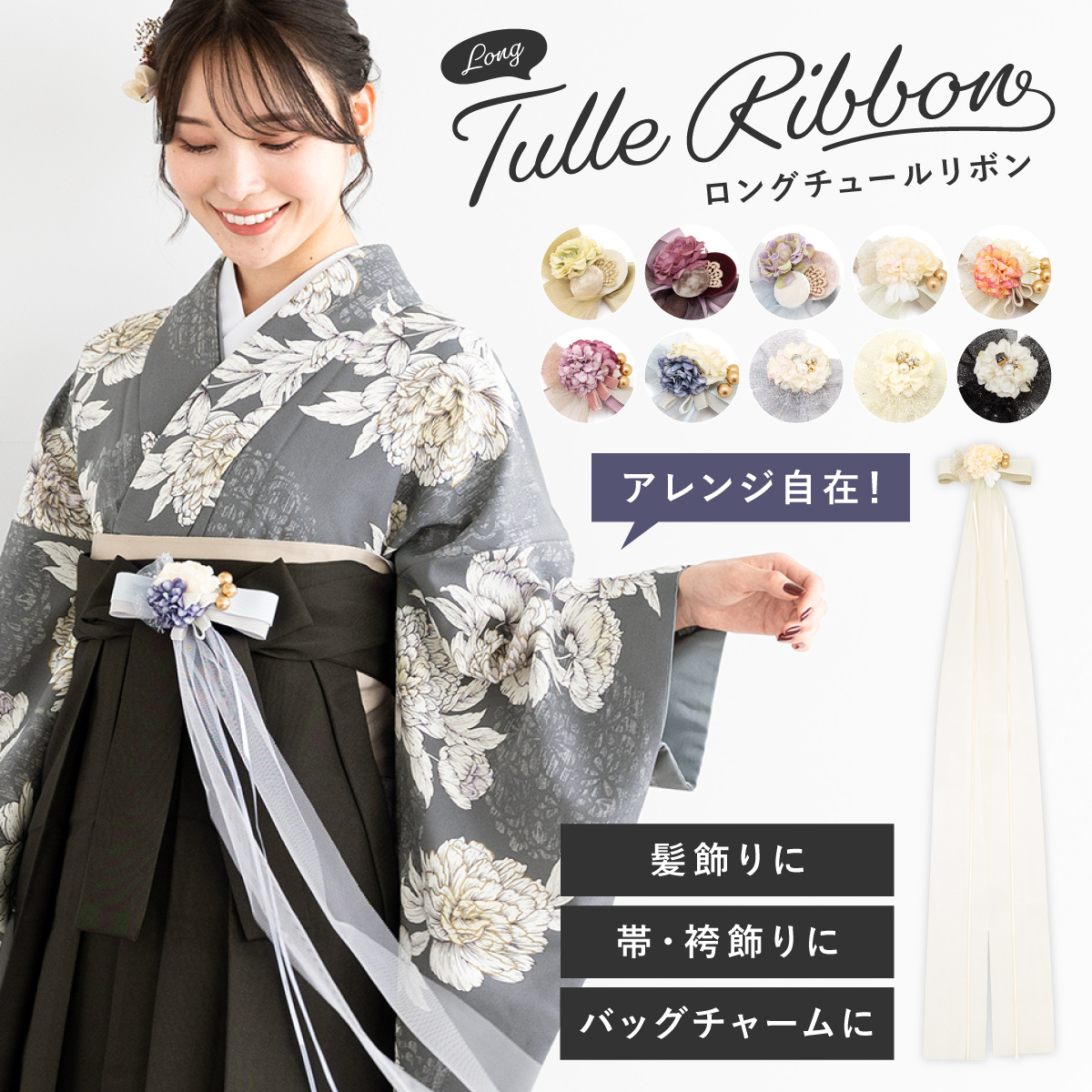
楽天市場】髪飾り 卒業式 リボン 袴 小学生 大学生 成人式 振袖 花

七五三 髪飾り 三歳「つまみ細工 お花の髪飾り 白 933」 お花のパッチン留めミニ髪飾り2点セット 日本製 ヘアアクセサリー お子様用髪飾り 七五三髪飾り【メール便不可】

小学生用卒業式袴セットレンタル33_肩上げA0_袴丈2尺3寸(身長147cm

小学校卒業式 ジュニア 女の子 着物袴 セット 黒 ヒワ 水色 白 赤 クリーム 薄紫 グレー 椿 梅 菊 桜 疋田 雪輪 芍薬 チューリップ コーディネート 襦袢・袴下帯付 無地袴 小学生 140cm 150cm 女子 はかま-京のみやび 本店

袴セット ひよこ商店 半身
![袴セット 卒業式 大学生[品番:SBEW0022515]|SOUBIEN](https://cdn.img.shop-list.com/res/up/shoplist/shp/soubien/hakama/hakama3/hmset0913w-3721_1.jpg)
袴セット 卒業式 大学生[品番:SBEW0022515]|SOUBIEN

卒業式 小学生 袴の通販・価格比較 - 価格.com

人気商品ランキング 袴、着物、袴帯、小物類、髪飾り36点セット
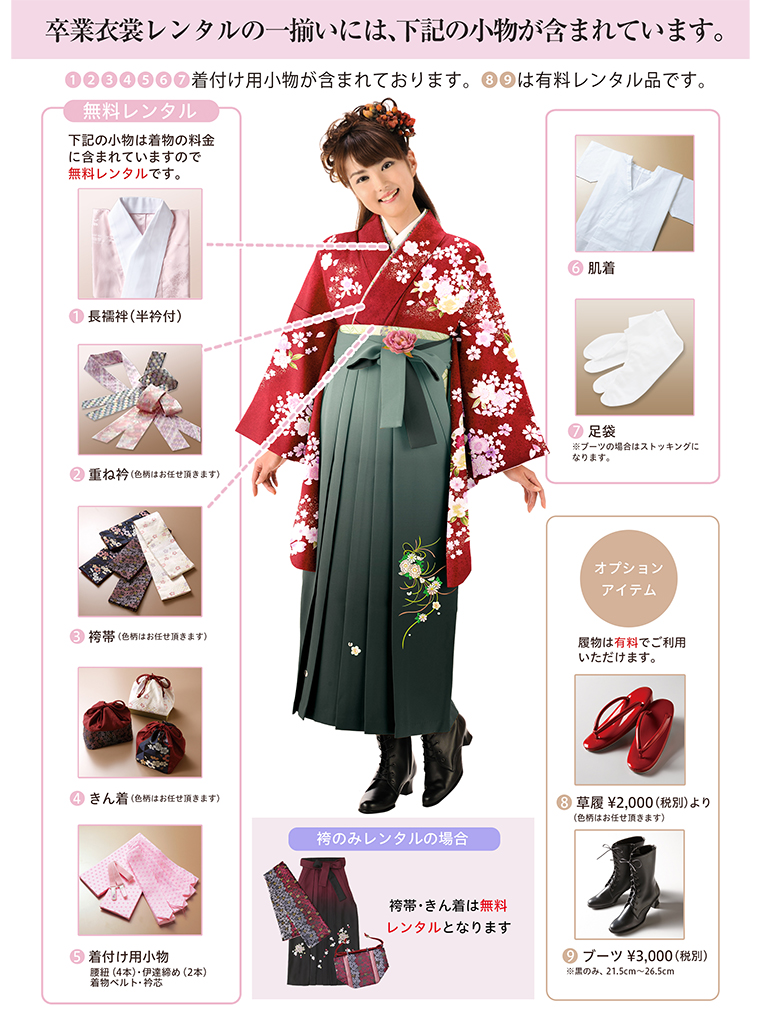
小学生用卒業式袴セットレンタル33_肩上げA0_袴丈2尺3寸(身長147cm
![着付け簡単袴セット 卒業式 卒園式[品番:CATK0003200]|Catherine Cottage(キャサリンコテージ)のキッズファッション通販|SHOPLIST(ショップリスト)](https://cdn.shop-list.com/res/up/shoplist/shp/__thum370__/catherine/HAKAST/13/imgrc0123863433-3.jpg)
着付け簡単袴セット 卒業式 卒園式[品番:CATK0003200]|Catherine Cottage(キャサリンコテージ)のキッズファッション通販|SHOPLIST(ショップリスト)

楽天市場】【半額!☆全品クーポン1000円OFF 3/4~11】髪飾り 成人式 2
![着付け簡単袴セット 卒業式 卒園式[品番:CATK0003200]|Catherine Cottage(キャサリンコテージ)のキッズファッション通販|SHOPLIST(ショップリスト)](https://cdn.img.shop-list.com/res/up/shoplist/shp/catherine/HAKAST/13/imgrc0126172495.jpg)
着付け簡単袴セット 卒業式 卒園式[品番:CATK0003200]|Catherine Cottage(キャサリンコテージ)のキッズファッション通販|SHOPLIST(ショップリスト)
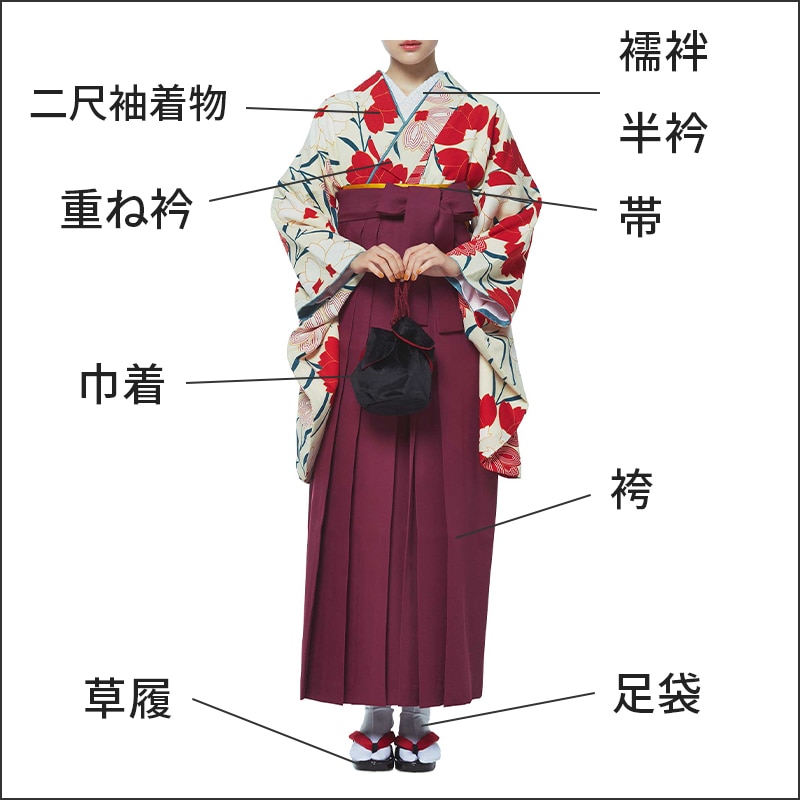
卒業式の方向け!コーディネート小物特集|MGOS

卒業式は袴で出席!振袖&袴の着付けに必要な小物リスト一覧
![袴セット 卒業式 大学生[品番:SBEW0022757]|SOUBIEN(ソウビエン)のレディースファッション通販|SHOPLIST(ショップリスト)](https://cdn.img.shop-list.com/res/up/shoplist/shp/soubien/hakama/hakama3/hmset0967w-3831_1.jpg)
袴セット 卒業式 大学生[品番:SBEW0022757]|SOUBIEN(ソウビエン)のレディースファッション通販|SHOPLIST(ショップリスト)
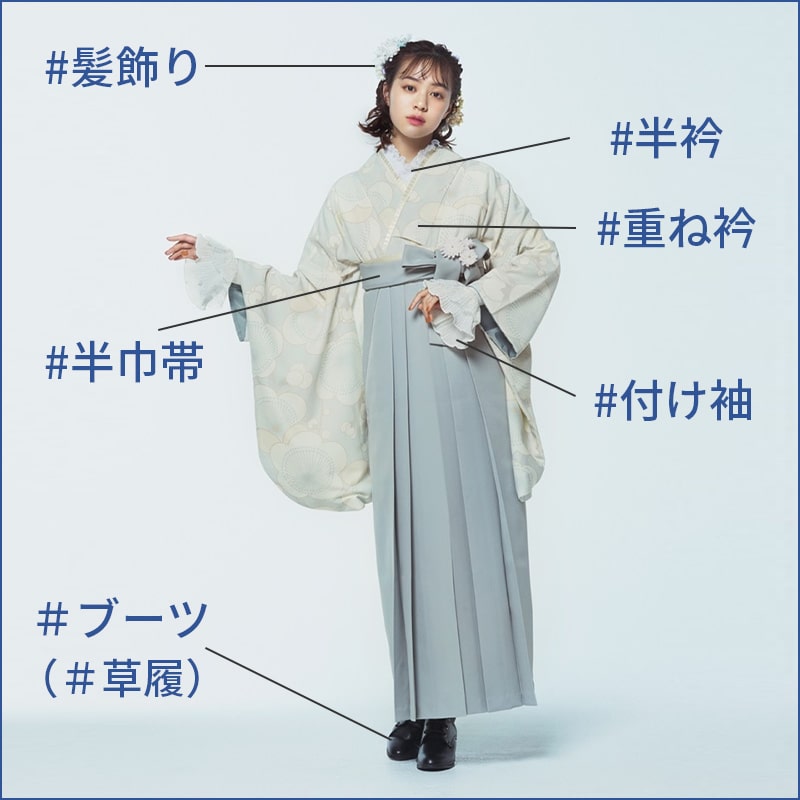
卒業式の方向け!コーディネート小物特集|MGOS(並び順:価格(高い順))

楽天市場】【半額!☆全品クーポン1000円OFF 3/4~11】髪飾り 成人式 2
振袖 髪飾り 成人式 つまみ細工 小菊 くすみカラー パープル ブルー オレンジ プラム 古典 レトロ 卒業式 袴 結婚式 礼装 おしゃれ クリップ : cf004747 : キモノカフェ - 通販 - Yahoo!ショッピング

楽天市場】 成人式特集 > 和装小物 > 髪飾り・簪(かんざし) > 髪飾り

卒業式 髪飾り 袴 着物 ヘアアクセ 3点セット 3歳 7歳
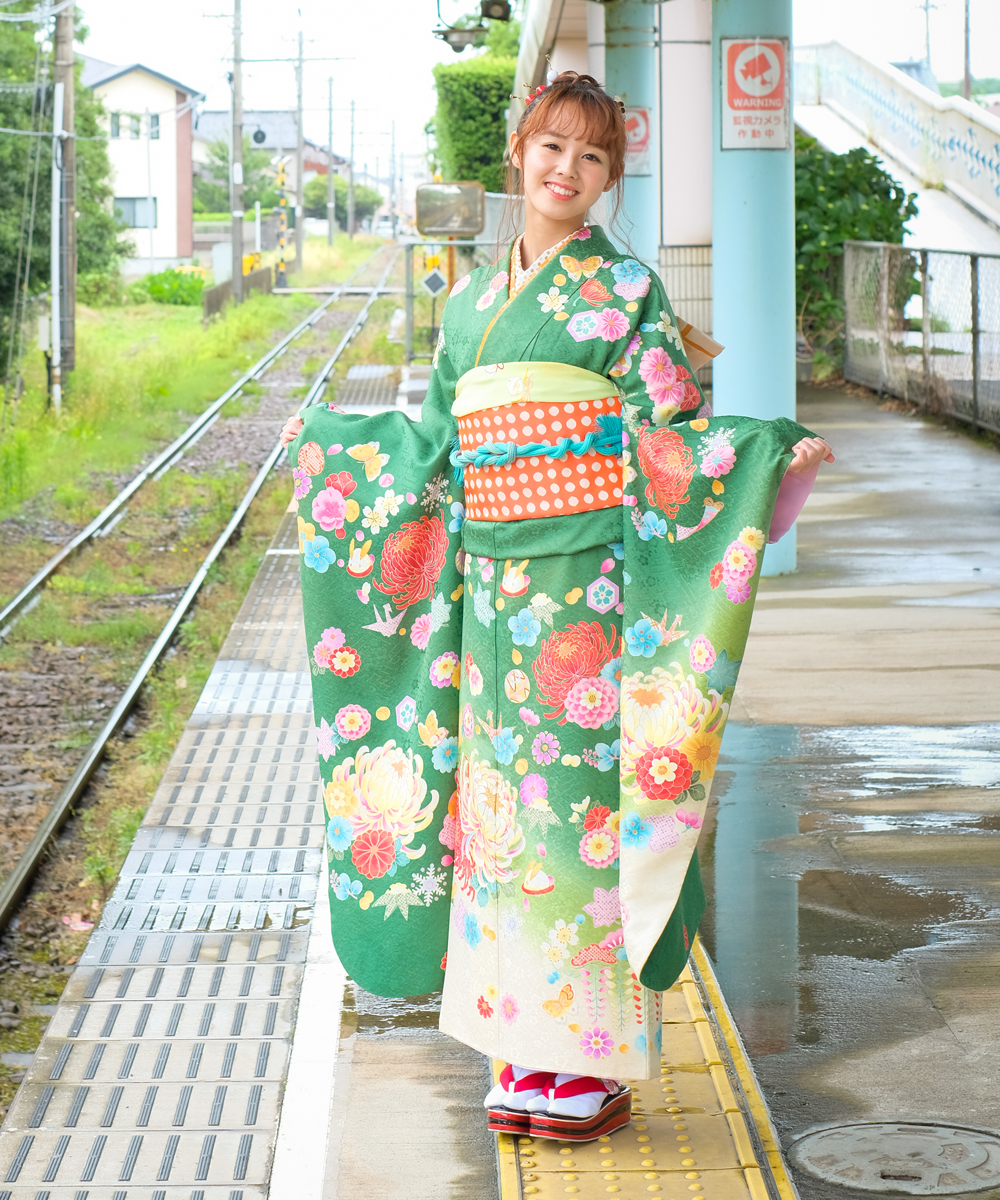
成人式/参列/振袖】オレンジ帯がかわいいポップ☆緑 乱菊 / 成人式や

髪飾り ❤︎上品な大人かわいい❤︎ 成人式 振袖 袴 白無垢 色打掛

袴 卒業式 小学生の通販・価格比較 - 価格.com

2024年最新】小学校 卒業式 袴セットの人気アイテム - メルカリ

楽天市場】【3/4~11最大半額☆全品クーポン1000円OFF】成人式 髪飾り
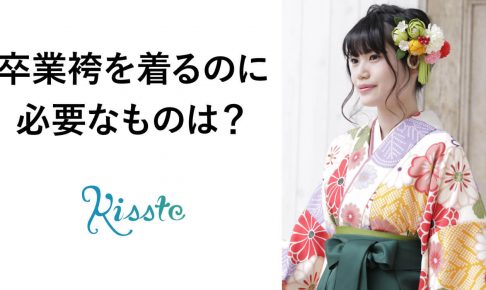
卒業式で袴を着るのに必要なものは何? | 卒業袴に必要な小物

和装お花の髪飾り2点セット[髪飾り造花卒業式袴結婚式成人式子供大人

卒業式 袴 - 三重県伊勢市のおしゃれな振袖レンタル&写真館|松葉Blog

楽天市場】【3/1限定☆クーポンで10%OFF】成人式 髪飾り 赤 白 紫 緑

卒業式 小学生 袴の通販・価格比較 - 価格.com
振袖 髪飾り 成人式 つまみ細工 小菊 くすみカラー パープル ブルー

卒業式の髪飾り】袴に合う!おしゃれなヘアアクセサリーの人気おすすめ
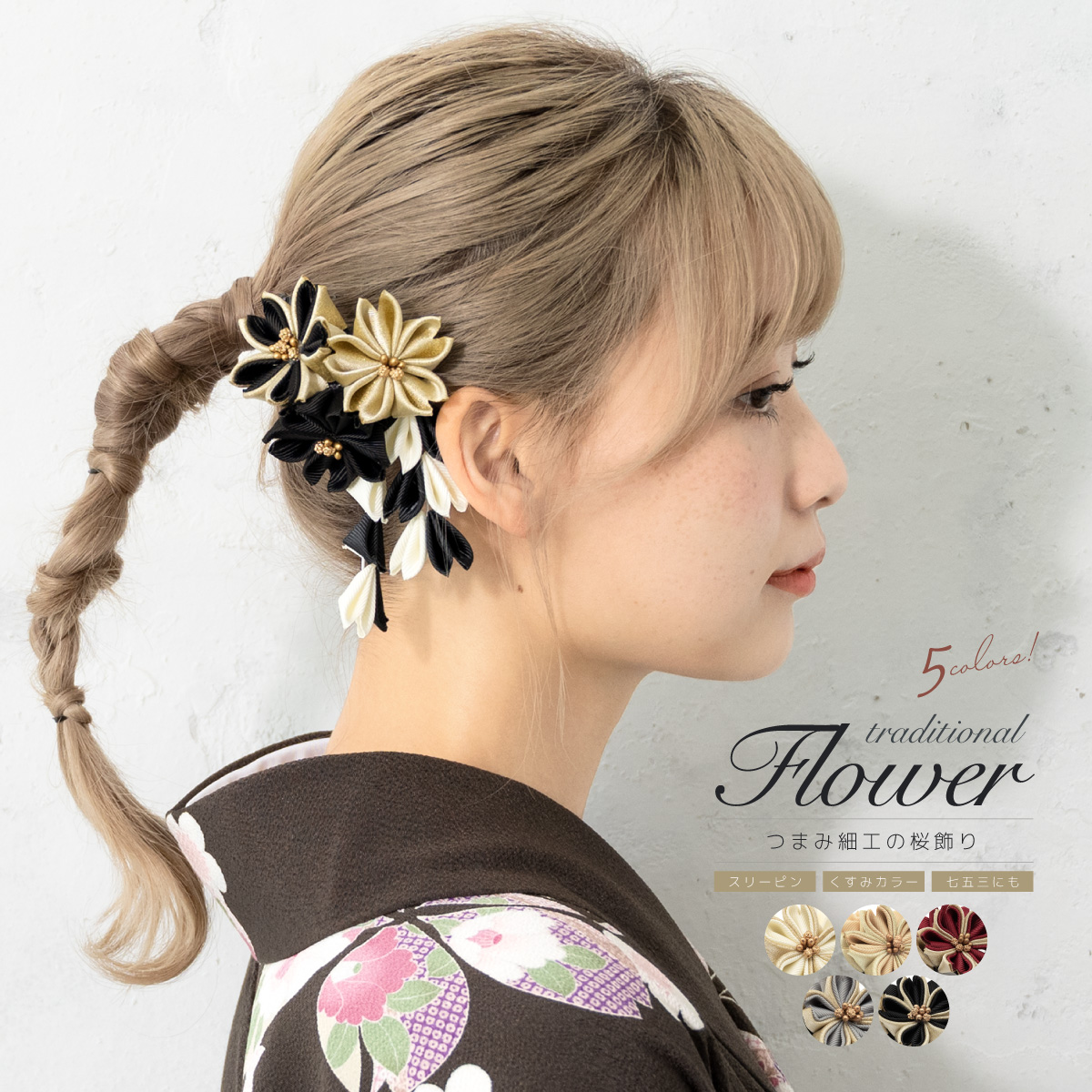
楽天市場】【2/15~23☆全品クーポン最大1000円OFF】成人式 つまみ細工

2024年最新】専門学校卒業式袴の人気アイテム - メルカリ

卒業式 袴 セット 女性の通販・価格比較 - 価格.com

卒業式で袴を着るのに必要なものは何? | 卒業袴に必要な小物
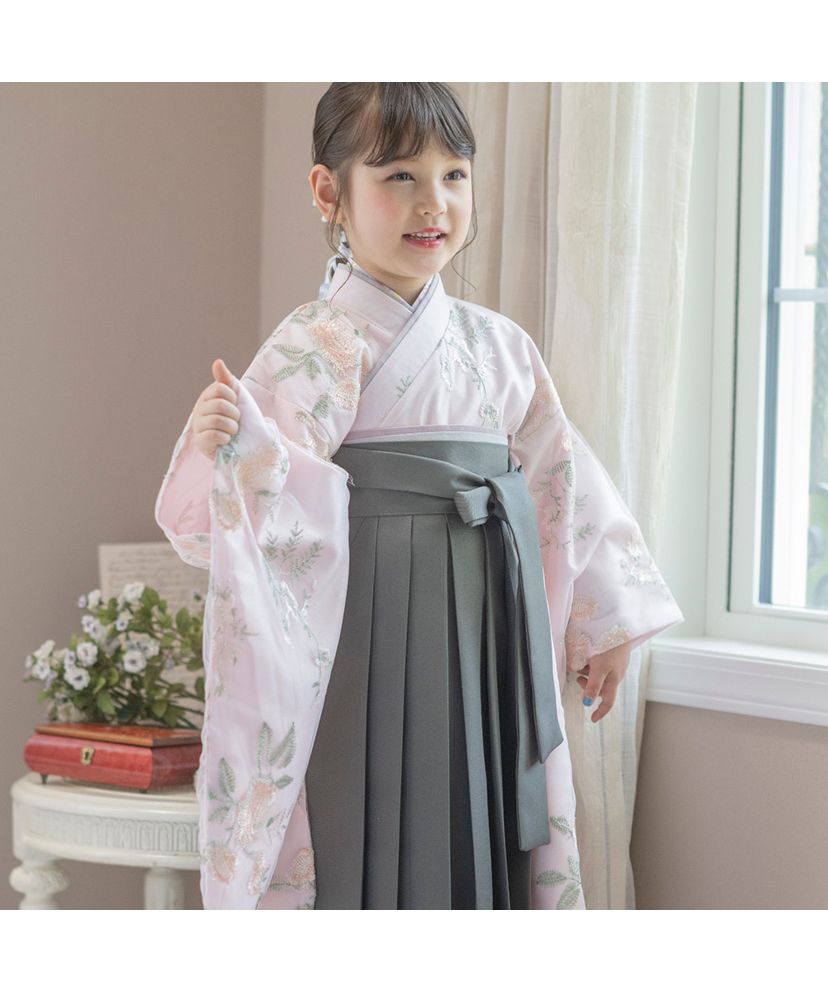
刺繍チュール袴セット(505625214) | キャサリンコテージ(Catherine
袴下帯 小桜柄 黄色 赤 白ピンク 卒業式 袴の帯 袴帯 幅が細い 【LINE友達登録で10%OFFクーポン】 : 2343006 : キモノカフェ - 通販 - Yahoo!ショッピング

三松・しゃら】レンタル袴|三松

小学生用卒業式袴セットレンタル02_肩上げA0_袴丈2尺2寸(身長147cm








商品の情報
メルカリ安心への取り組み
お金は事務局に支払われ、評価後に振り込まれます
出品者
スピード発送
この出品者は平均24時間以内に発送しています














